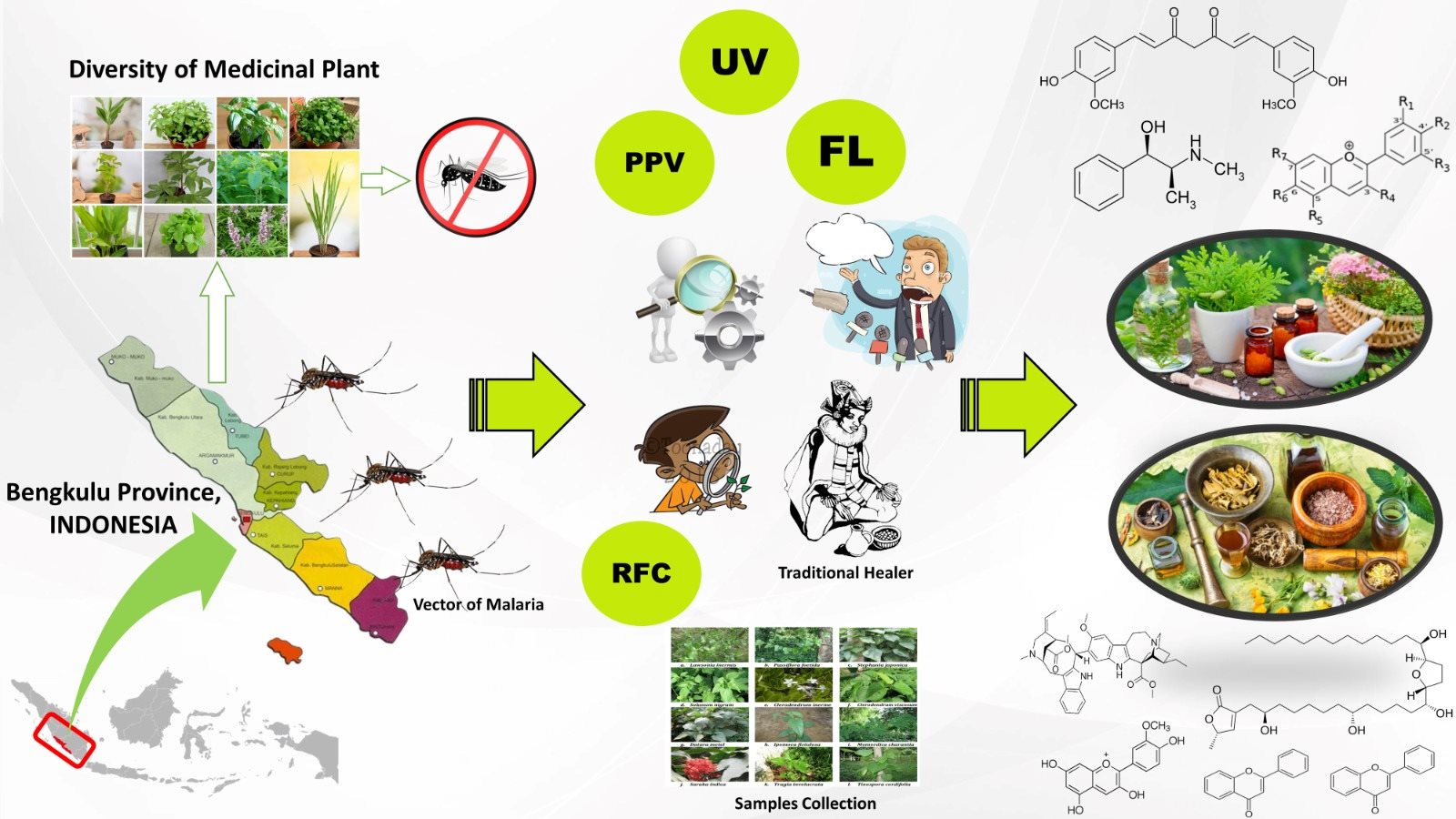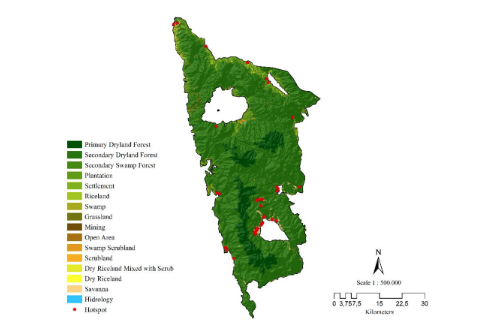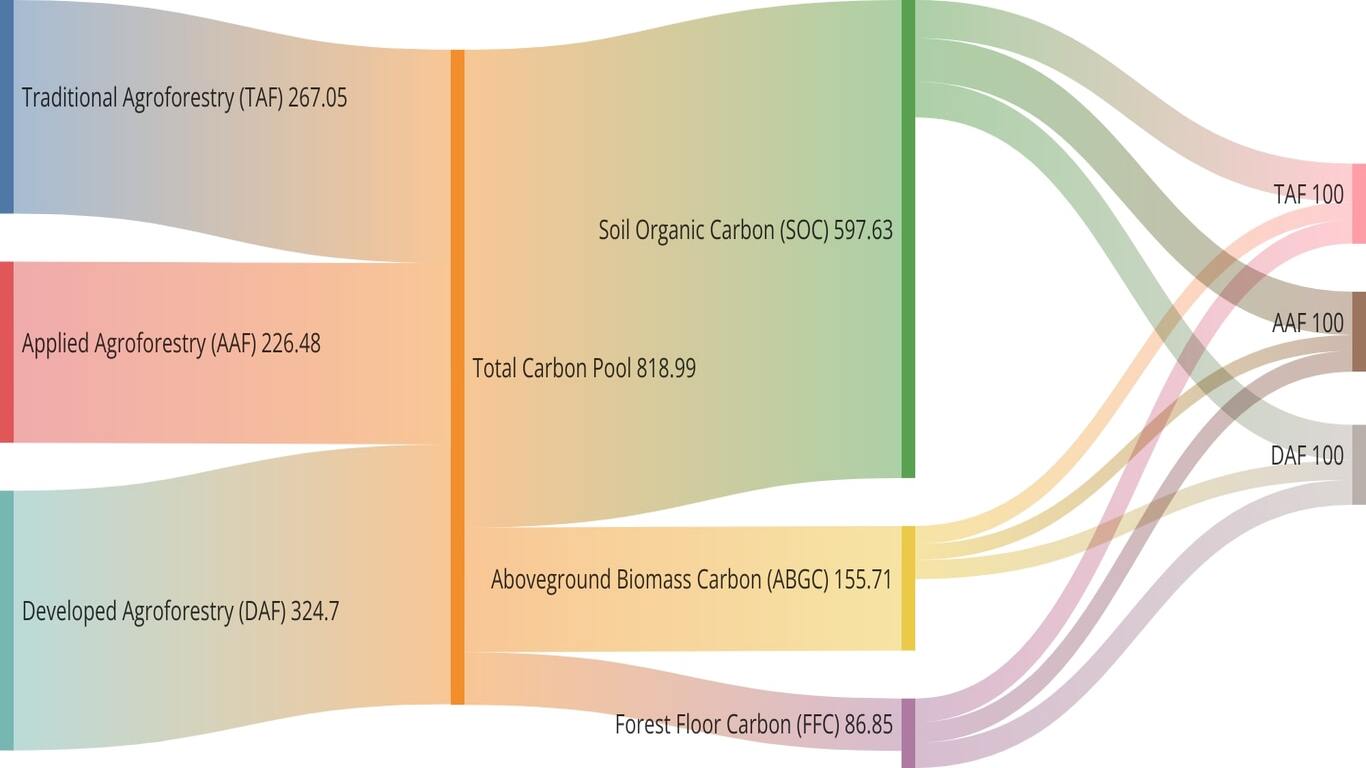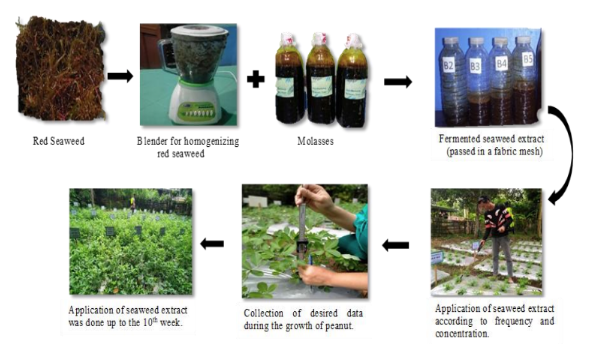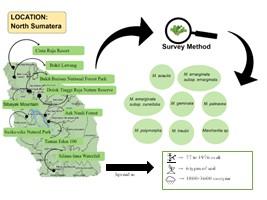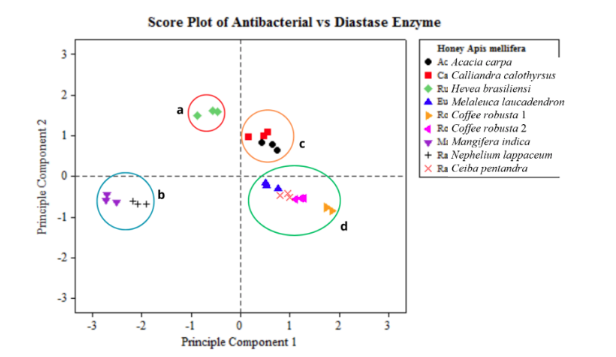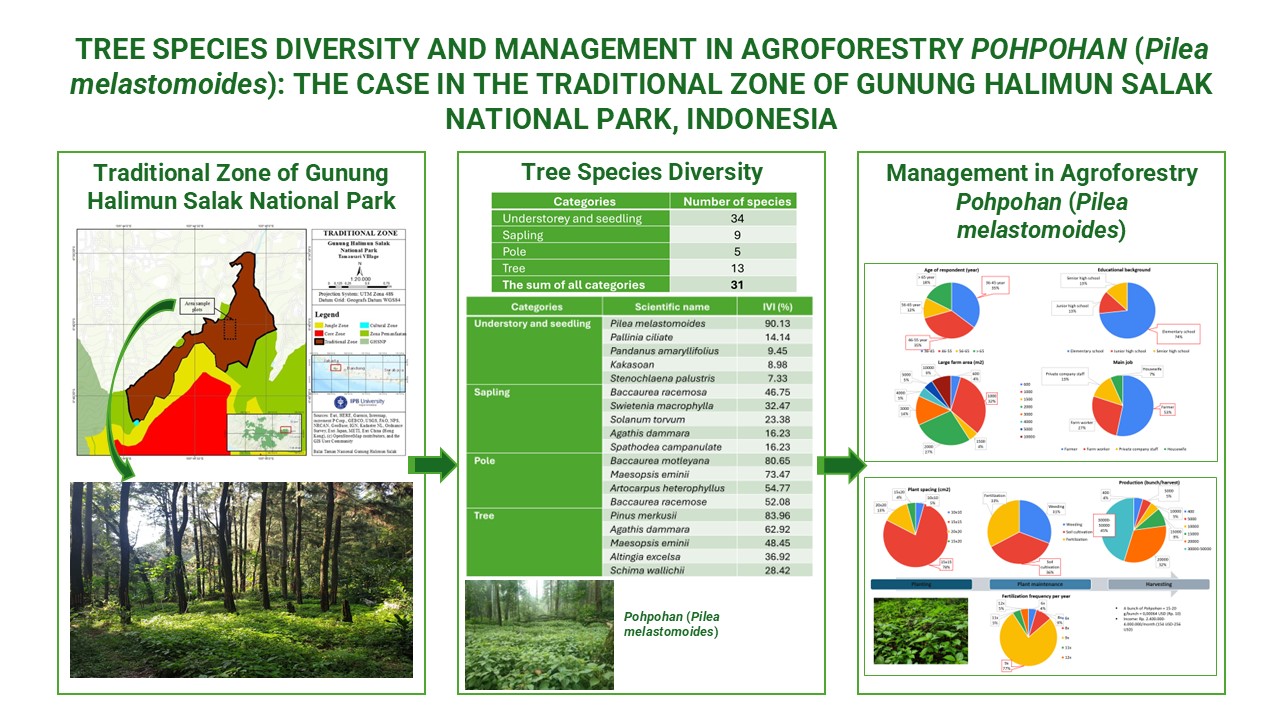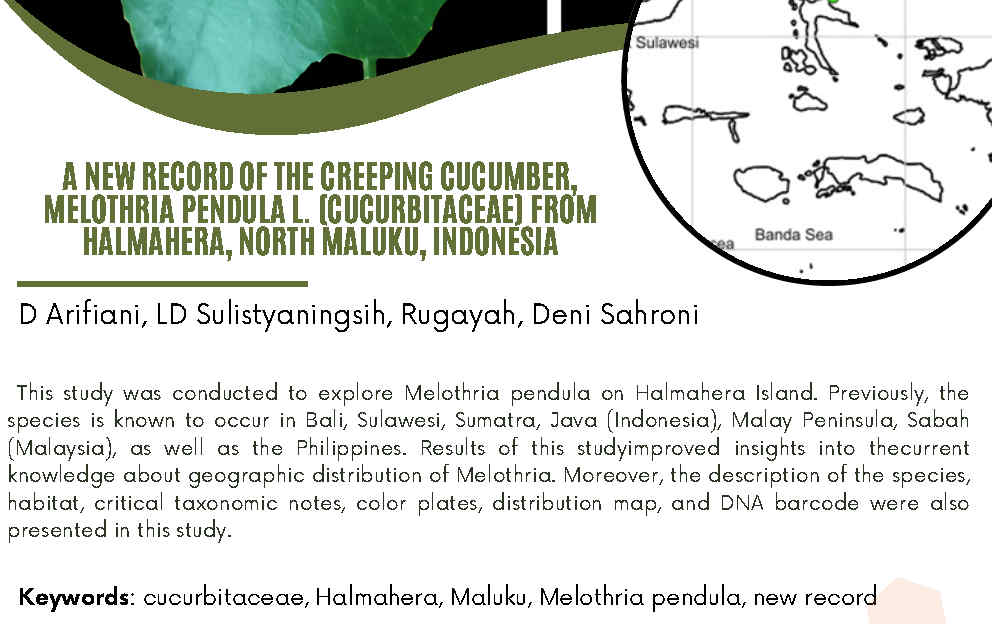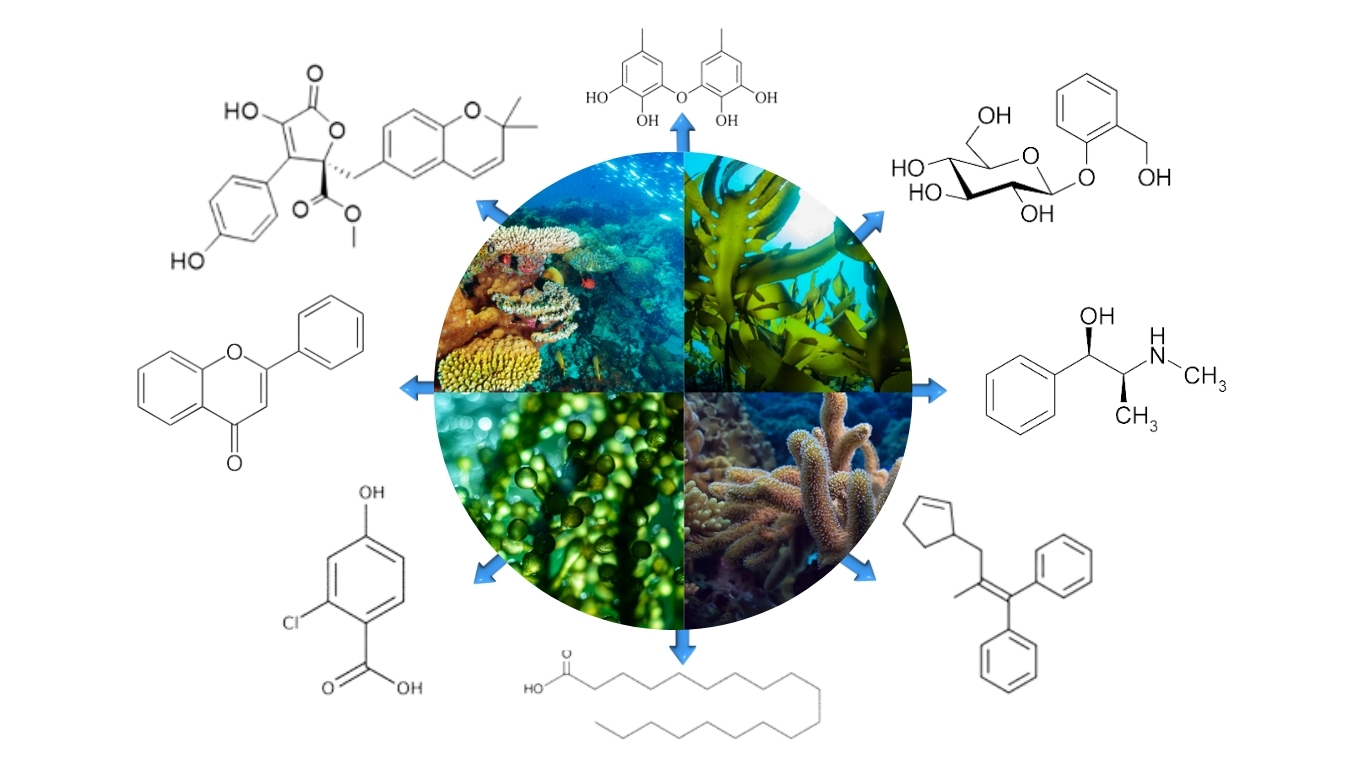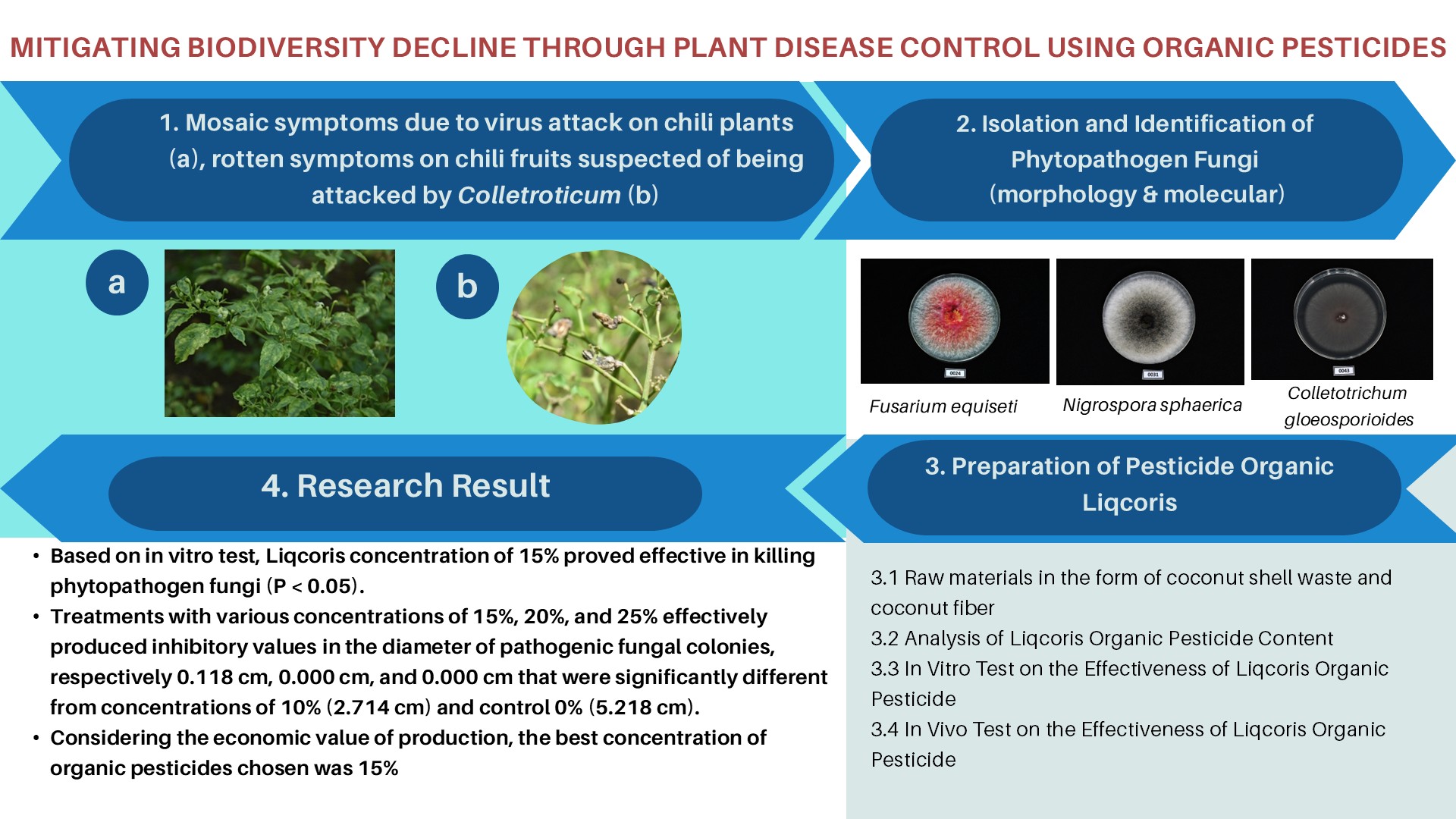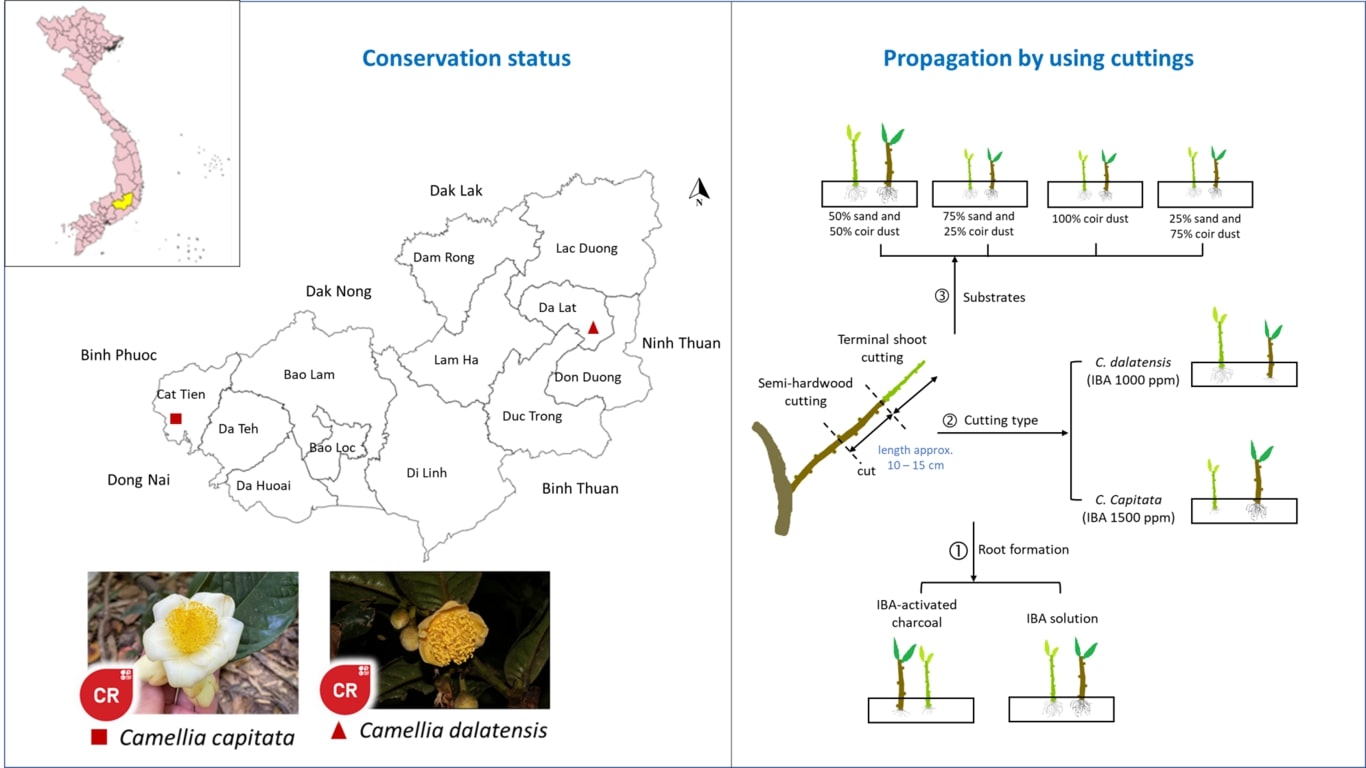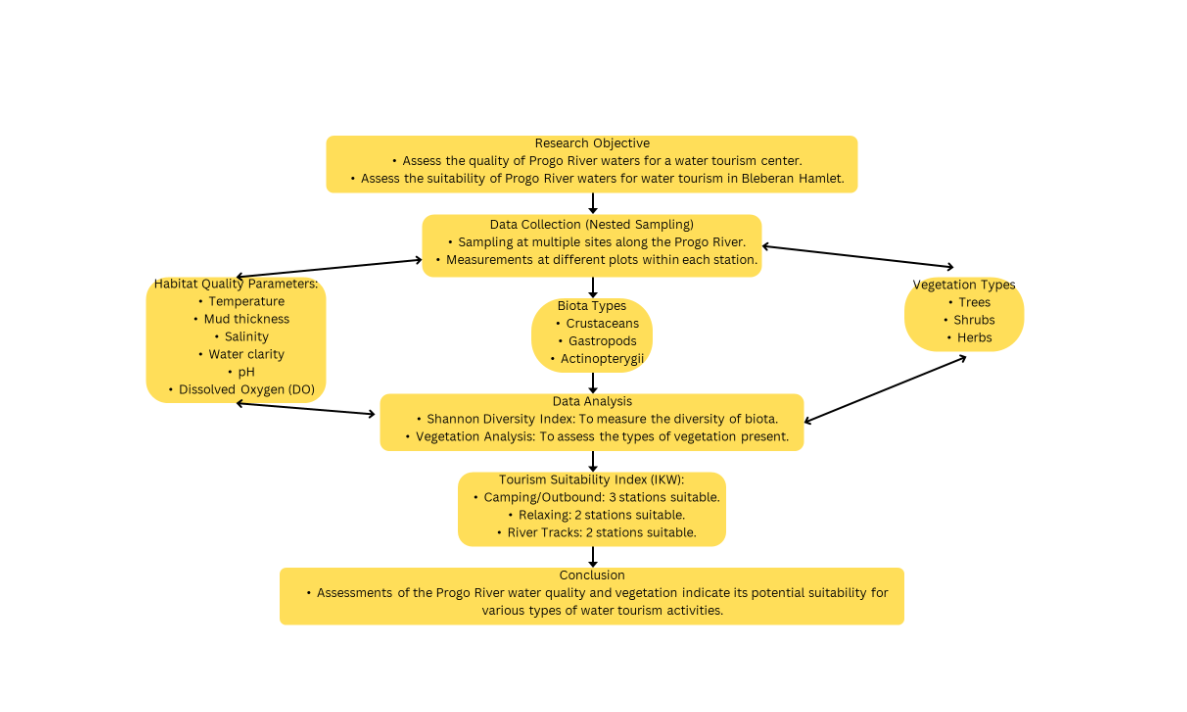THE PERFORMANCE OF SOYBEAN (c.v. Americana) ESTABLISHED BY ZERO TILLAGE TECHNIQUE IN IMPERATA FIELD CONTROLLED BY HERBICIDES
No. 2 (1989)
Research Paper
October 10, 2011
January 11, 2024
Downloads
The alang-alang damages varied with herbicides and times, imazapyr (20 kg ai/ha) showed slow appearance of damage at 3 months after application it was only 69%, while that of glufosinate was already down to 48% due to regrowth.
No phytotoxicity was recorded, but the yield was low.
TJITROSEMITO, S. (2024). THE PERFORMANCE OF SOYBEAN (c.v. Americana) ESTABLISHED BY ZERO TILLAGE TECHNIQUE IN IMPERATA FIELD CONTROLLED BY HERBICIDES. BIOTROPIA, (2), 12–17. https://doi.org/10.11598/btb.1989.0.2.92
Downloads
Download data is not yet available.
Copyright (c) 2017 BIOTROPIA - The Southeast Asian Journal of Tropical Biology

This work is licensed under a Creative Commons Attribution-NonCommercial-NoDerivatives 4.0 International License.
Authors who publish with this journal agree with the following terms:
- Authors retain copyright and grant the journal right of first publication, with the work 1 year after publication simultaneously licensed under a Creative Commons attribution-noncommerical-noderivates 4.0 International License that allows others to share, copy and redistribute the work in any medium or format, but only where the use is for non-commercial purposes and an acknowledgement of the work's authorship and initial publication in this journal is mentioned.
- Authors are able to enter into separate, additional contractual arrangements for the non-exclusive distribution of the journal's published version of the work (e.g., post it to an institutional repository or publish it in a book), with an acknowledgement of its initial publication in this journal.
- Authors are permitted and encouraged to post their work online (e.g., in institutional repositories or on their website) prior to and during the submission process, as it can lead to productive exchanges, as well as earlier and greater citation of published work (See The Effect of Open Access).









